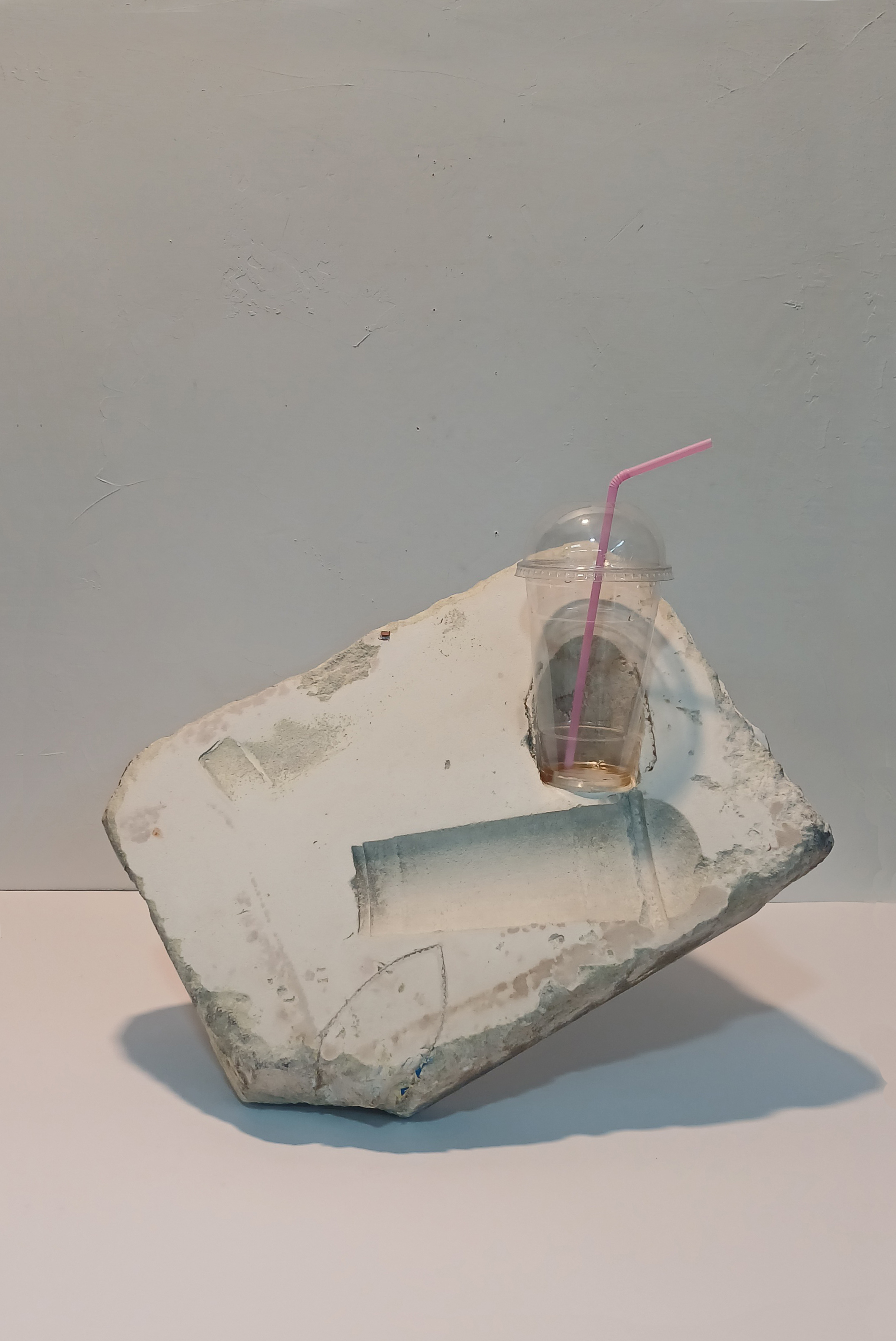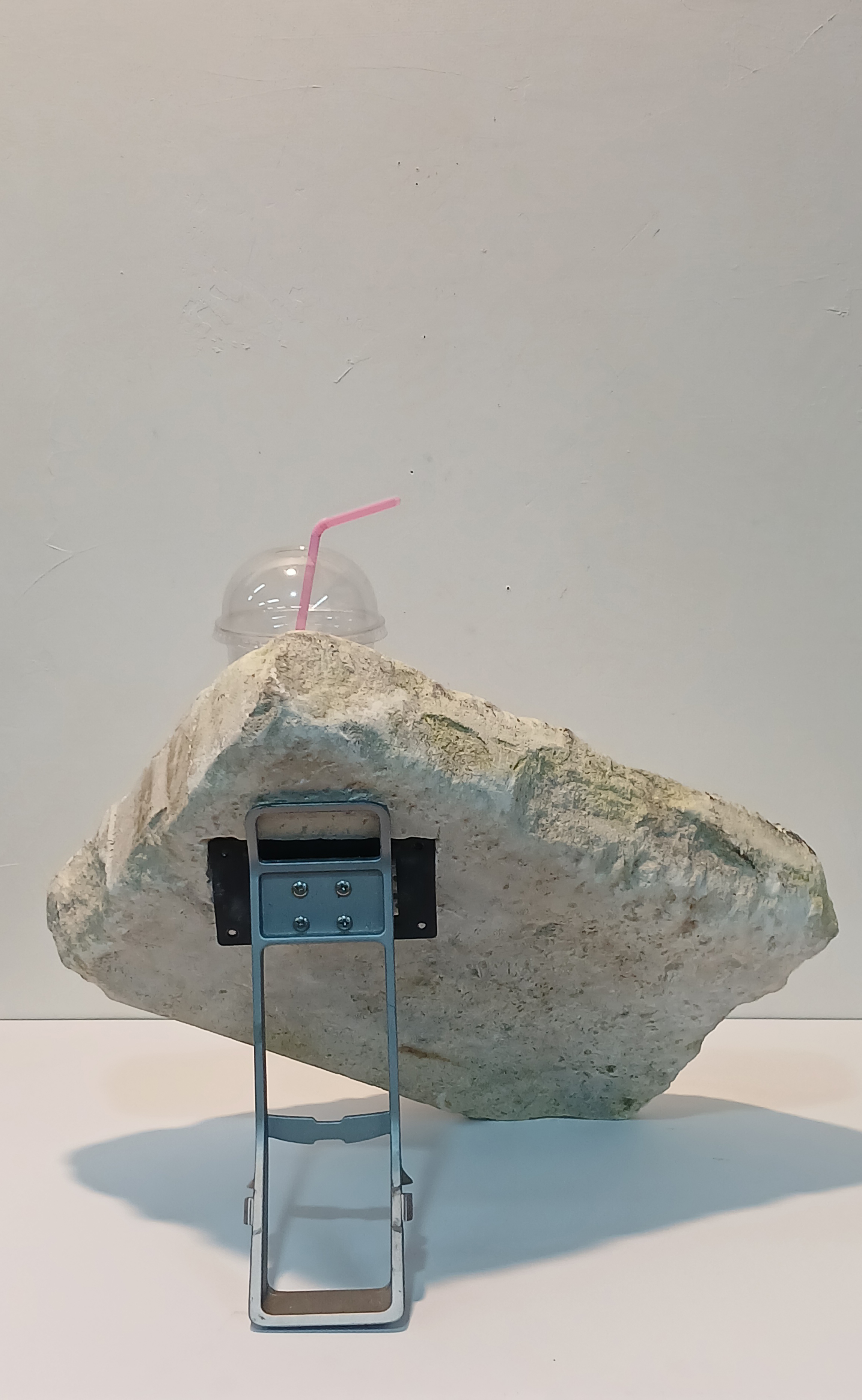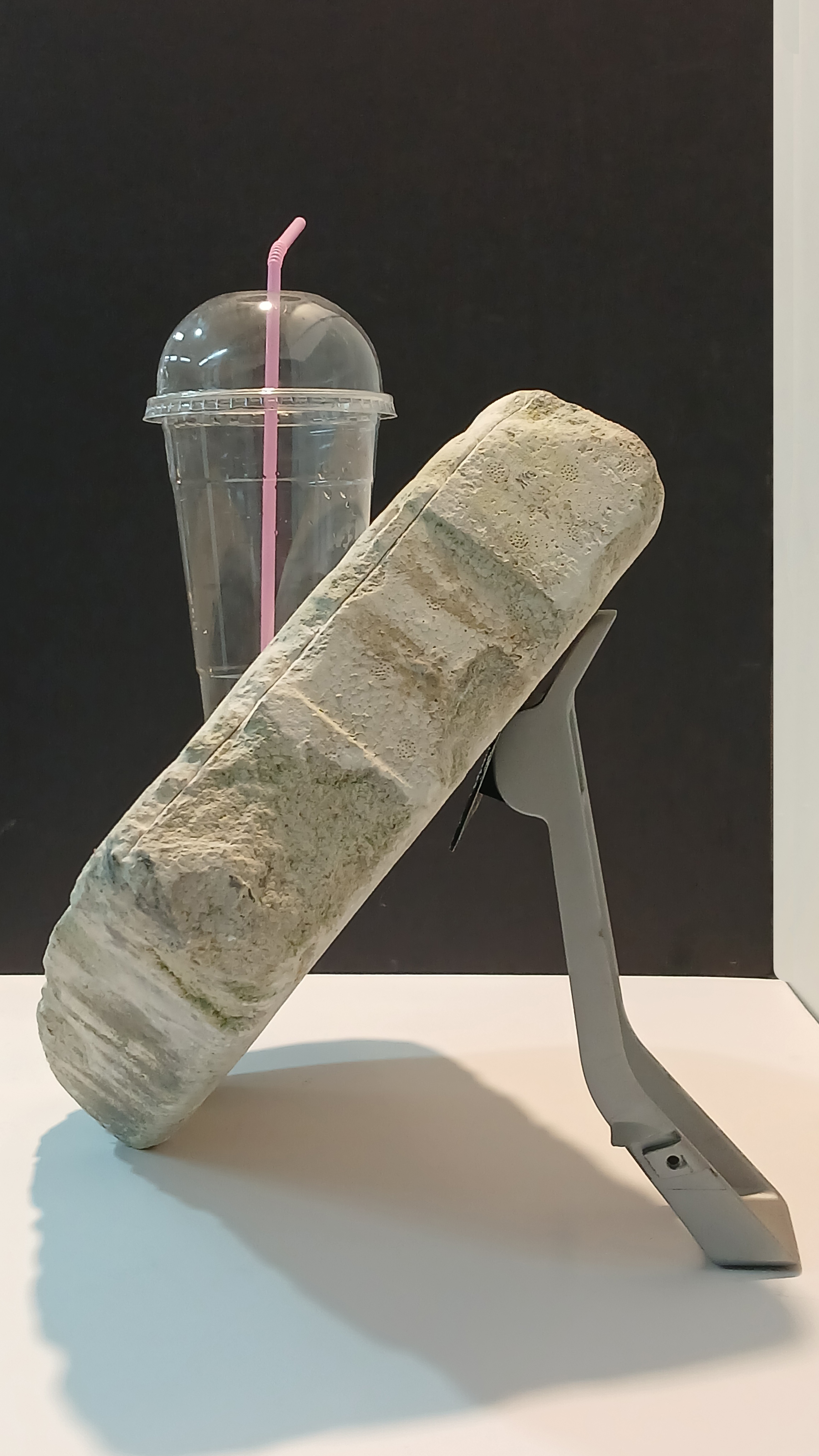Lee Jungyeol
Cement monitor, 2025
Mixed media
58 x 40 x 40 cm
Unique work
Certificate of authenticity included
Price upon request
Show your appreciation with a like
About the work
- Materials
- Mixed media
- Dimensions
- 58 x 40 x 40 cm
- Frame
- Frame not included
- Signature
- Hand-signed by Jungyeol lower right corner
- Certificate Of Authenticity
- Certificate included
My work focuses on the abandoned, the unmemorialised traces, the fictions of authority and symbols. I am interested in discovering the traces of time and the moulding of the unconscious in objects that have lost their function or have been neglected, and invoking them once again in visual language. These objects are often fragments left over from functional uses, but for me they become objects of unconscious projections of contemporary desire, memory, and authority. The placement of the actual cups again on top of the marks of the coffee cups from the past is an attempt to restore what has been lost, a gesture to recover some lost 'meaning'. It is not a Starbucks, but a self-portrait and interpretation of a modern person who wants to look like a Starbucks.
About the artist
A long-standing collaborator in the evolving currents of modern art, Lee Jungyeol has devoted nearly four decades to joint explorations of memory, time, and the residual poetry of everyday objects. Beginning his artistic journey in his early twenties, Lee has forged a practice that privileges dialogue, shared vision, and the collective reimagining of the overlooked. Drawing on nearly six decades of life experience, he stands as a testament to the power of sustained inquiry and the quiet revolution of found materials. Central to Lee’s oeuvre is an almost archaeological fascination with the “abandoned” and “unmemorialised”—fragments that bear the imprint of functionality yet have slipped beyond our conscious regard. His acclaimed work Cement Monitor exemplifies this ethos. By returning actual coffee cups to the very marks left by their predecessors, Lee stages a poignant act of restitution: not simply resurrecting a lost form, but evoking the unconscious yearnings, authorities, and desires that once animated these vessels. In his own words, “It is not a Starbucks, but a self-portrait and interpretation of a modern person who wants to look like a Starbucks,” underscoring how personal identity, corporate symbolism, and collective memory coalesce in the residue of daily ritual. Collectors and fellow artists alike are drawn to Lee Jungyeol’s work for its subtle alchemy—transforming industrial detritus into carriers of contemporary longing. His practice remains rooted in collaboration and experimentation, inviting us to reconsider what we discard, what we memorialise, and the hidden narratives encoded in the traces of time.


